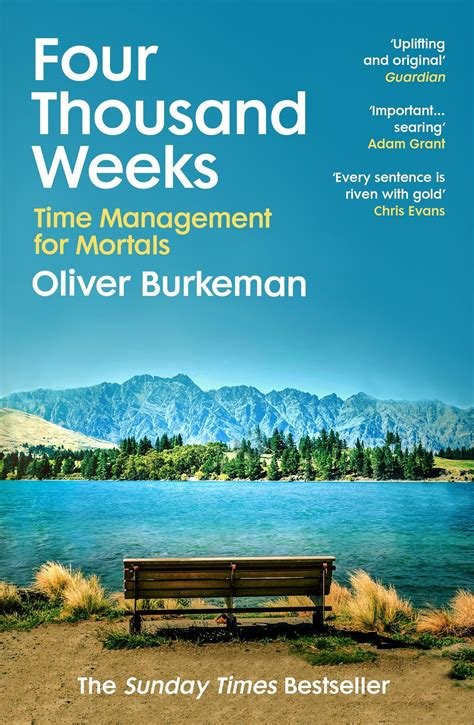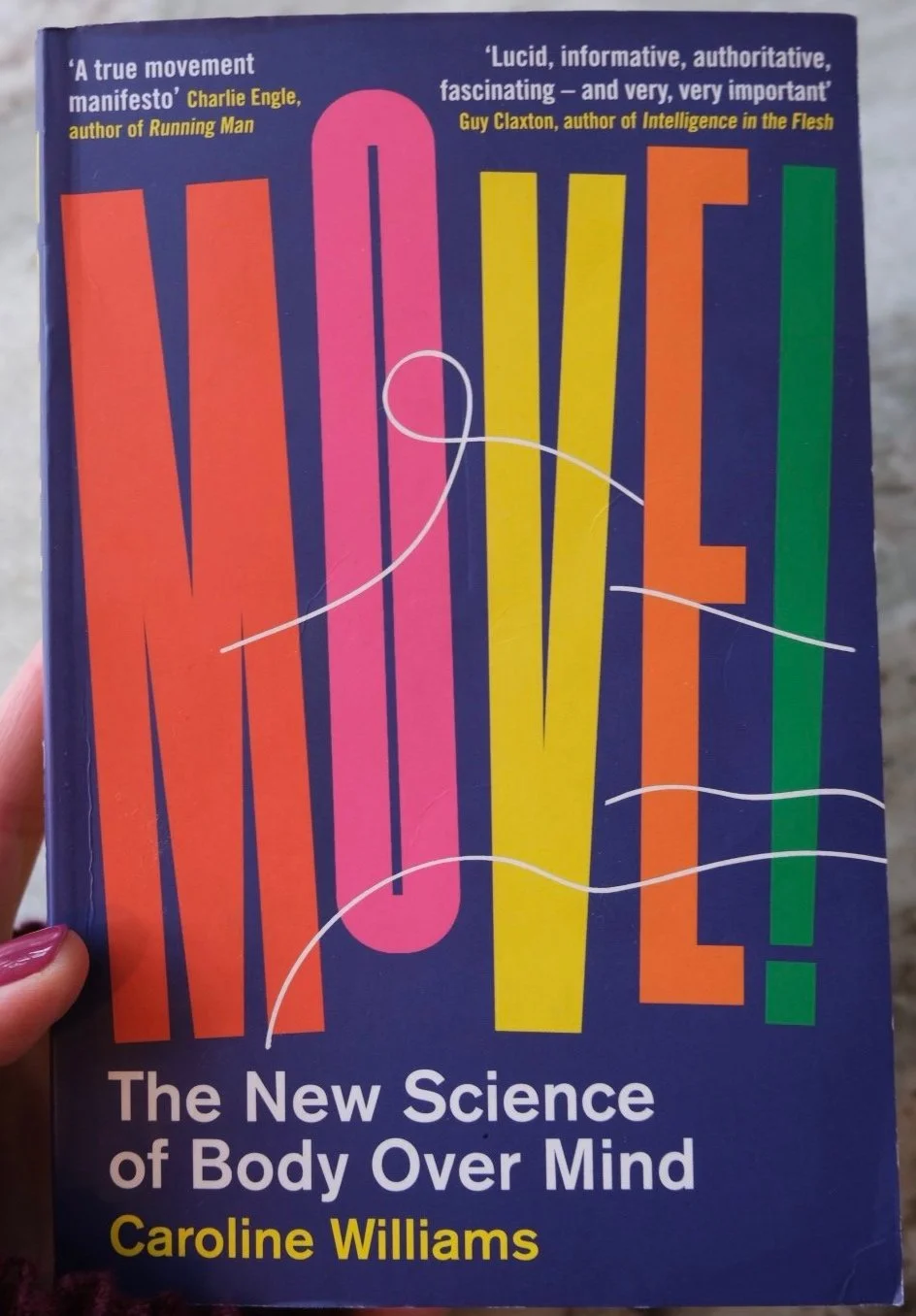The Journal
things to read, things to ponder

On Time
Some of us might be more preoccupied with time than others and it is to those that this article is particularly dedicated.
Time — the fourth dimension and what Robert Grudin would call a container for thoughts and feelings. Quite literally. It is time, he wrote, which gives us form and allows us to become what we seem to be in the mirror. In his exploration of identity in time, he tasked the reader with drawing a temporal picture of themselves and suggested that what they would likely see was “a veritable blob, shaped mainly by external pressures and, where no such pressures exist, swelling out amoebically into the void.”
And with that delightful visual, we will travel to medieval Kashmir and unpack the concept of kāla tattva, a limitation in terms of time, according to Pratyabhijñā philosophy.

Pasture hiking
And the radical practice of self-acceptance
“From yin is born yang, from yang yin, and you recognise the sage by the fact that he lets himself be wafted gently by the current between the two poles,” wrote Carrère. Ever since reading Yoga a few years ago, I have often pondered, and indeed practiced, pasture hiking. I don’t mean in the literal sense. ‘Pasture hiking’ is what the author calls his own attitude to yoga and meditation. In contrast to high mountaineering of seasoned yogis past and present, Carrère finds his centre in — the middle ground. Considering his psychological make up and the natural tendency to live in the emotional fast lane, accepting anything in the middle becomes radical. It is also a very yogic thing to do. Holding the tension of extreme opposites must be hard. It is much easier to run than to walk steadily on the ground and accept things as they are — let alone enjoy them. The practice here becomes that of radical acceptance of ordinariness “without being encumbered by any exceptional status whatsoever.” Montaigne would applaud.

The many lives of Indra Devi
A cursory look at modern yoga studios is enough to notice that the majority of practitioners are female. But it hasn’t always been this way. Indeed, traditionally, yoga was the domain of men — ancient and medieval texts were written for them, and practices applied to their bodies. When did that change and how? Key in the development of contemporary yoga practice and its popularisation among women was Indra Devi. Born Eugenia Peterson in 1899 in Latvia, she would become the central figure and driving force behind the proliferation of yogic theories and practices in the West. She was also a master of non-attachment, with the many identities she had a testimony to that skill.
In her book, The Goddess Pose, Michelle Goldberg pieces together the complex and fascinating life of Indra Devi — an icon of female ingenuity, resilience, empowerment and freedom.

Four Thousand Weeks
and how to spend them well — top tips from Oliver Burkeman
If time management advice brings more anxiety than relief, it is because most of it focuses on how to get more things done. We’ve all tried this or that method which promised salvation from the overwhelm only to realise it simply doesn’t work. At best, we fall into the efficiency trap — the better we are at spinning the wheel, the faster it spins and, in Hydra-like fashion, each completed task spawns two new to be done. In his Four Thousand Weeks. Time Management for Mortals, Oliver Burkeman recognises exactly that and offers a wonderful digest of ideas which address the core issue in our battle with time. Here are my top five.

Move! The New Science of Body Over Mind
— a book review
We all know that movement is good for us — it keeps our body fit and relaxes our mind. But did you know that movement has also been linked to increase in cognitive skills and creativity? In her book, Move! The New Science of Body over Mind, Caroline Williams presents fascinating scientific evidence which suggests that no, it is not all in the mind.

The First Knot
Patil’s retelling is as multidimensional as the story itself. Time and space warp as the characters traverse aeons of complex karmic binds running through their bloodstreams. They fight and pray, meditate and make love, pay heed to the gods and gather around the fire to listen to the stories of old — narrated by none other than Ganga herself. Indeed, this rendering of the Adi Parva, the first book of the Mahabharata, is primarily about the women of the great epic. As daughters and mothers, wives and lovers, warriors, widows and crones — women are the creative matrix through which all else becomes.